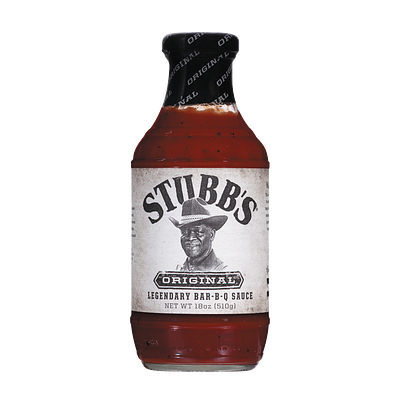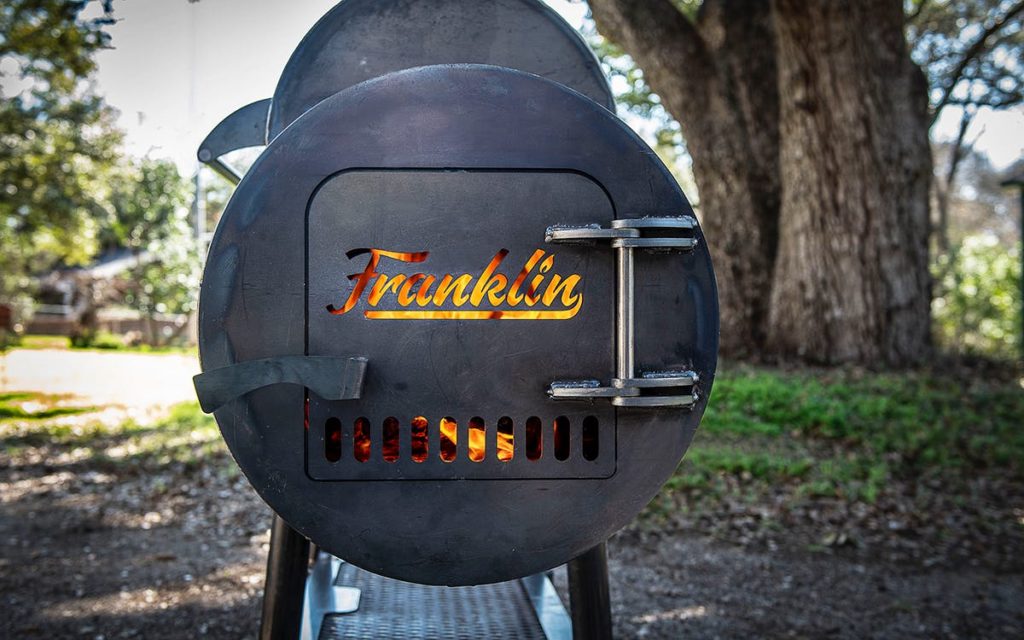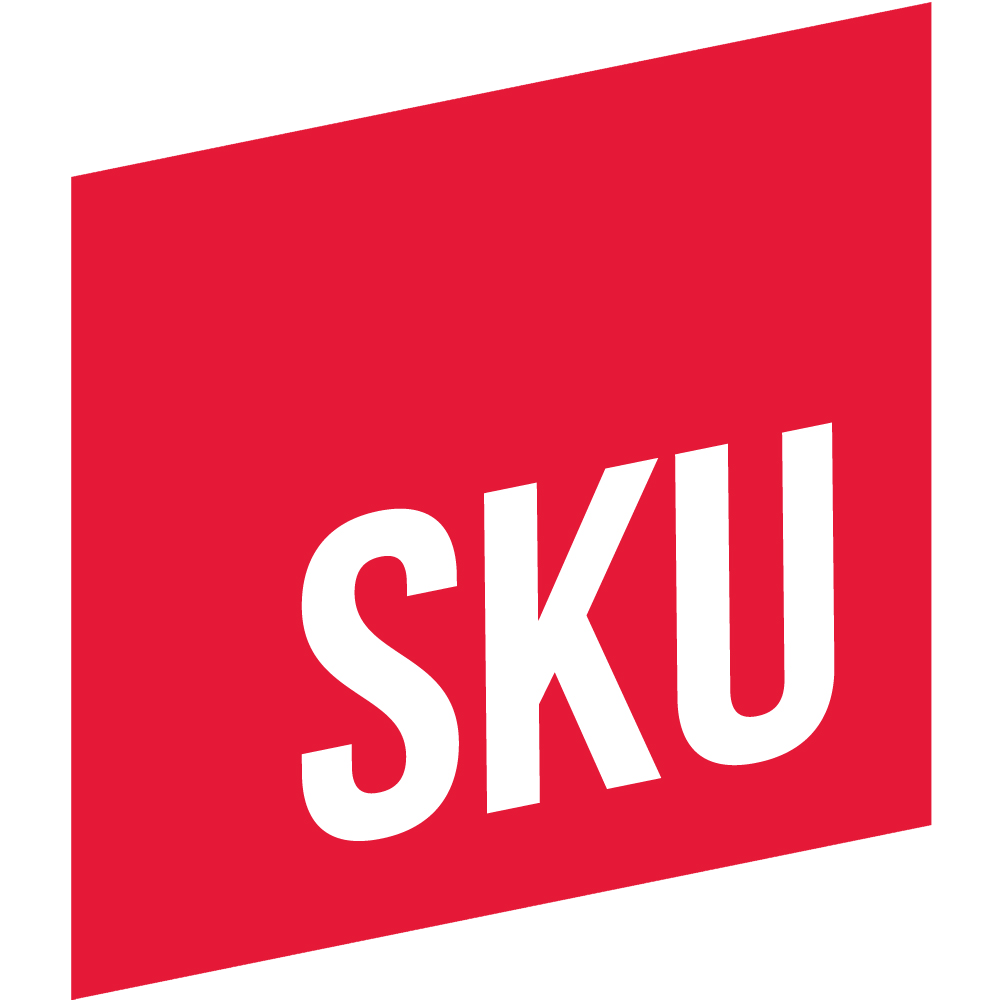
SKU Mentor Matt Gase was born into the consumer products industry. His grandfather started Gase Baking Company in Michigan in the early 1900’s, and his father later took over.
“I never knew anything better and followed suit,” says Gase, C.U.E. for Franklin Barbecue.
Over the years, he worked for a number of Big Food “Not Better For You” (NBFY)companies, helping them grow – brands like Wonder Bread, Twinkies, Cookie Crisp Cereal, Banquet Frozen Meals and Chef Boyardee.
When he moved to Austin, he learned about the power of small, nimble, scrappy, better-for-you and “quickly found my calling.”
Since then, he has helped worked build brands that were birthed at iconic Austin restaurants like Stubb’s BBQ and Franklin Barbecue. Stubb’s Legendary Bar-B-Q Sauce was acquired by McCormick & Co. in 2015 for $100 million. We spoke with Matt about his experience working to grow a brand that came out of a successful restaurant while maintaining the “special sauce” of what makes it unique.

SKU: Can you tell us about your experience working with Stubb’s and Franklin and the keys to their success?
Matt: I have had the pleasure of helping young or small brands grow and scale. My five years leading Stubb’s Bar-B-Q Sauce was a ton of fun. Stubb’s had great tasting products and an authentic backstory. I was fortunate to hire talented colleagues and we locked arms around clean labels, new systems/processes/disciplines, improved sales and marketing, and new product adjacencies. We did pretty much the same thing at Lantana Hummus.
I am currently having the time of my life helping Aaron and Stacy Franklin bring Franklin Barbecue’s secrets to the home griller. For instance, we recently launched a backyard version of the Franklin Barbecue restaurant pits. Aaron is not just a culinary guru, he’s also a student of science with keen knowledge of air flow, vorticity, thermodynamics, and food science. Franklin Barbecue makes the best barbecue in the land, and now makes the best barbecue pit in the land.

SKU: Some of those brands have evolved out of popular restaurants. What is the process like to take that special sauce (literally and figuratively) and turn it into CPGs?
Matt: You should first identify what makes your restaurant or your restaurant brand special to begin with and whether you can create or replicate at scale. Is it a special and super popular menu item? Unique meld of ethnic flavors? A style of food that is hard to imitate? The whole package? Celebrity chef? At Stubb’s it was CB Stubblefield’s barbecue sauce that evolved from his restaurant to local farmers markets and eventually to grocery shelves across the country.
The Challenges of Scaling
SKU:. What are the challenges to keep in mind when doing that?
Matt: How a chef creates his/her special sauce or food in the restaurant kitchen can be difficult to replicate in a food manufacturing facility. A co-packer buys bulk ingredients at scale and loathes having to purchase unique ingredients. Because of food safety requirements, fresh ingredients give way to cooked, dried, or freeze-dried. Cooking in a 1,000 gallon tank is different than cooking in a saucepan. Minimum order quantities (MOQs) can be quite steep and without significant retail distribution or long shelf life, hard to meet. It takes a lot of hard work and different industry expertise to replicate what comes out of the restaurant kitchen.
Cost can be a challenge as well. While working for a big food company early in my career, I was responsible for overseeing the launch of frozen pizza licensed by a celebrity chef. My company owned a wood-fired manufacturing facility, and I spent days with this celebrity chef trying to replicate his famous pizza recipe in the plant. First pass pizzas costed out at over $15 a pizza. Add in gross margin, license fee, retailer margin, and the various other typical CPG selling costs, and that pizza would need to have a retail selling price over $30. The chef’s first pass pizza really was delicious, but no one would pay that much for a frozen pizza. To make the economics work, the chef had to compromise on his recipe and restaurant-like quality experience while my company had to compromise on price and charge a lot more than any other frozen pizza on the shelf.
At the end of the day, it’s the restaurant owner’s choice. I’ve seen some compromise quality to meet co-man or cost requirements, and others like Aaron Franklin where quality will win out every time. Both approaches can yield great results.
SKU: What are the benefits of turning a restaurant product into a CPG?
Matt: Established brand equity that brings instant brand recognition and credibility.
Understand Your End Game
SKU: What are some words of wisdom you would have for other entrepreneurs who are considering creating CPGs from their food trucks or restaurants?
Matt: I think it’s important to understand the end game. If the ultimate goal is to have a happy liquidity event, know that there will be a limited pool of buyers. Most CPG companies don’t own restaurants and most large restaurant groups don’t own CPG. Selling the brand to two different companies can be tough, as both buyers will be concerned about the other going rogue with the brand. If your CPG expansion strategy is to license to another company, make sure you have very strong controls over what ends up in market under your brand. If launching into CPG is a cash flow and diversification play, just know the two worlds are very different with little synergy outside of sharing the same name.

